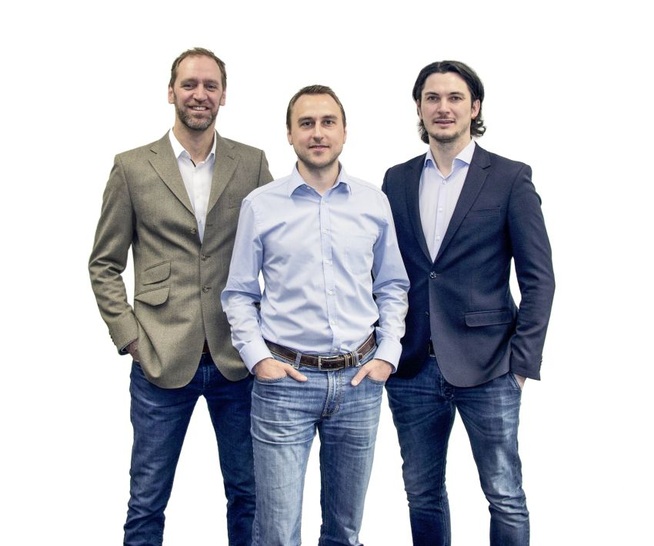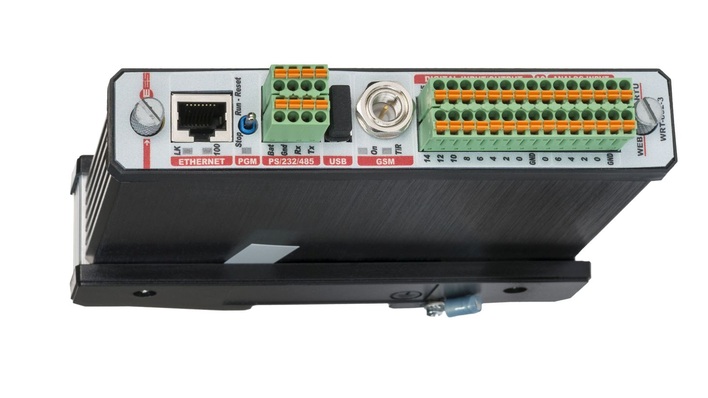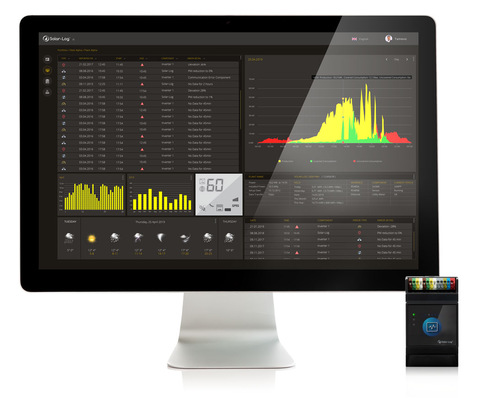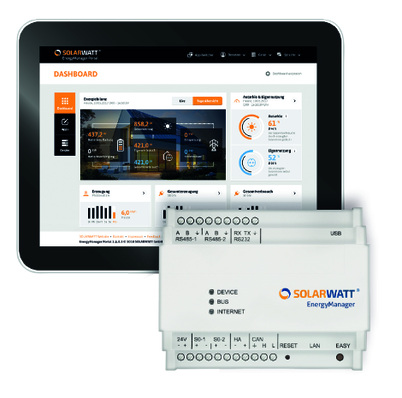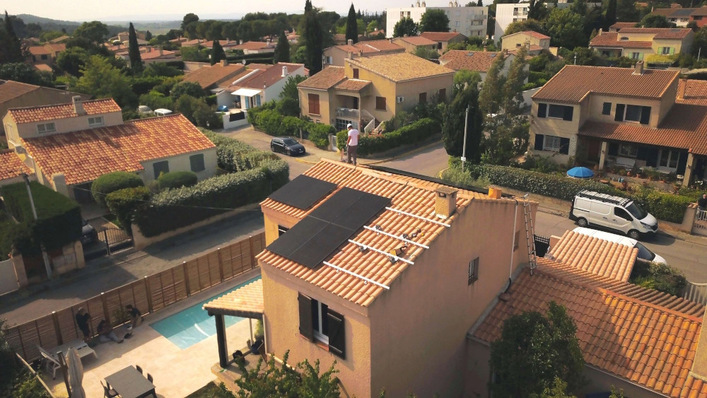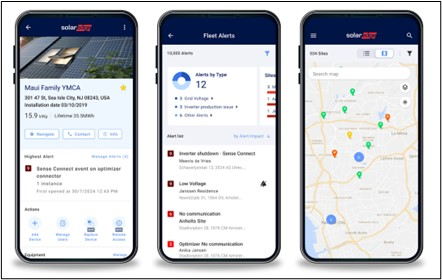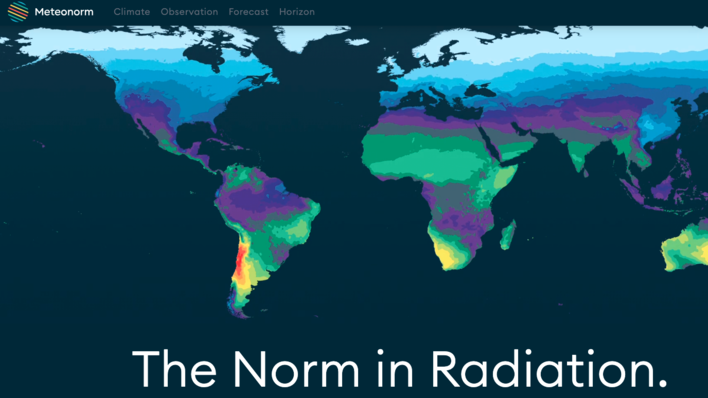For Part 1 of this series, click here,
and here for Part 2.
Part 3:
As well as measuring the inverter, we also use satellite data to calculate irradiation values for the specific geographic location of a solar asset. The resulting analysis determines a technical target value that confirms our own monthly or weekly measurement data. However, there are significant deviations on a daily basis depending upon the weather conditions.
The idea behind having a digital twin for a physical piece of equipment was originally proposed by NASA: Engineers built a digital double a particular space asset, i.e. a satellite or the space station, because that is difficult to get to when it is orbiting the Earth. Each node of the piece of technical equipment transmits live data so that the ground station always has an overview and can plan missions precisely. Since large solar assets are also located in relatively remote rural areas, this approach lent itself to being adapted to photovoltaics.
The necessary journeys of a solar operator generally increase the running costs, and in the worst case can even make an asset unprofitable. At Solytic, every module string and every inverter can be viewed in the portal when the raw data is available. Just like aerospace engineers, the operator can react quickly to changes in the asset and hire a solar engineer to procure spare parts in time and better plan his working day. In the end, however, the commercial evaluation of the data determines whether a repair will be carried out.
Solarworld customers kept on board
The solar industry is growing again, and Solytic is growing along with it, having taken over the Suntrol portal of the insolvent module manufacturer Solarworld on March 8, 2019. The monitoring solution remains free of charge for its 27,500 registered users worldwide.
At the same time, we will continue to develop Suntrol in the medium term with our own functions and additional services. We have also been in contact with our colleagues at Solarworld since the end of 2017 for the further development of the portal. The second insolvency of the module manufacturer prevented the start of the project, but Suntrol has been running on Solytic servers since March 2018 to backup all data. The portal currently displays all-important performance and yield data for over 23,000 solar assets with a total capacity of almost 330 megawatts. After the takeover, we will manage the portal's software and work on a solution for the burdening failures.
The Vattenfall energy group has also recognised the enormous potential of photovoltaics and the associated trends. At the beginning of 2018, the Swedes invested around €3 million in Solytic as a strategic investor. Further financing rounds are planned. In addition, we are actively looking for cooperation opportunities so that we can provide the many asset operators with a product that optimises their earnings while keeping costs as low as possible. The goal of all parties is a cost-efficient energy turnaround with reliable solar power production. (mfo)
About the author Johannes Burgard:
Johannes Burgard, founder and CEO of Solytic, is responsible for product development and strategic direction. Prior to this, Burgard managed projects in the context of Industry 4.0 in an international production environment at CLAAS and Airbus. Burgard holds a degree in engineering from RWTH Aachen University and an MBA at the ESADE Business School.
For more articles on the planning and operation of solar installations, please click here.
Stay informed, subscribe to our twice-weekly newsletter.
Register here: https://www.pveurope.eu/newsletter


